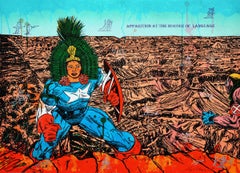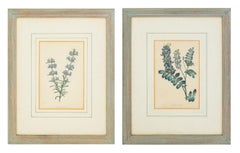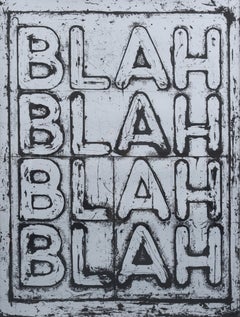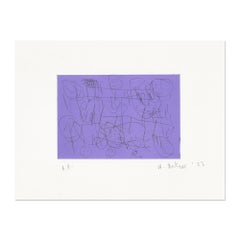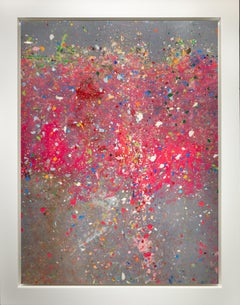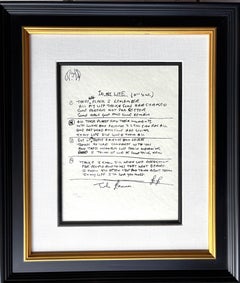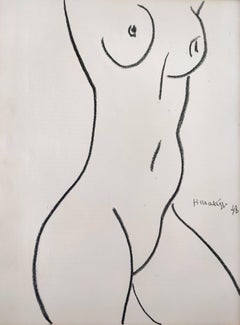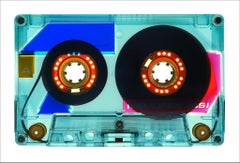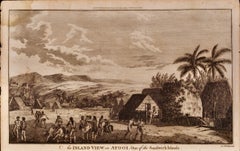More Prints
2010s Contemporary More Prints
Silver Gelatin, Color, C Print, Photographic Paper
1990s Contemporary More Prints
Other Medium
2010s Contemporary More Prints
Lithograph
1950s Surrealist More Prints
Photogravure
2010s Pop Art More Prints
Photographic Paper, C Print, Color, Silver Gelatin
1780s More Prints
Engraving
2010s Contemporary More Prints
Photographic Paper, C Print, Color, Silver Gelatin
Late 19th Century Naturalistic More Prints
Lithograph
2010s Pop Art More Prints
Photographic Paper, C Print, Color, Silver Gelatin
1970s Surrealist More Prints
Woodcut
1980s Pop Art More Prints
Screen
1980s Art Deco More Prints
Lithograph
Late 19th Century Victorian More Prints
Lithograph
Early 2000s Contemporary More Prints
Photographic Paper, C Print, Color, Silver Gelatin
1990s Contemporary More Prints
Other Medium
2010s Pop Art More Prints
Photographic Paper, C Print, Color, Silver Gelatin
Late 19th Century Naturalistic More Prints
Lithograph
Late 19th Century Naturalistic More Prints
Lithograph
1970s Surrealist More Prints
Lithograph
Early 1900s Naturalistic More Prints
Lithograph
1830s French School More Prints
Lithograph
1950s Modern More Prints
Lithograph
Late 19th Century Naturalistic More Prints
Lithograph
Late 19th Century Naturalistic More Prints
Lithograph
Late 19th Century Naturalistic More Prints
Lithograph
1920s Art Deco More Prints
Lithograph
Early 2000s Abstract Geometric More Prints
Ink, Permanent Marker, Lithograph, Offset
1990s Contemporary More Prints
Screen, Other Medium
Late 19th Century Naturalistic More Prints
Lithograph
1960s Abstract More Prints
Lithograph, Screen
2010s Contemporary More Prints
Photographic Paper, C Print, Color, Silver Gelatin
Late 19th Century Naturalistic More Prints
Lithograph
1960s Modern More Prints
Lithograph
Late 19th Century Naturalistic More Prints
Lithograph
1990s Contemporary More Prints
Other Medium
1940s Modern More Prints
Lithograph
1960s Modern More Prints
Lithograph
1960s Modern More Prints
Lithograph
1970s Modern More Prints
Lithograph
1960s Modern More Prints
Lithograph
1960s Surrealist More Prints
Etching
1960s Modern More Prints
Lithograph
1970s Modern More Prints
Lithograph
2010s Contemporary More Prints
Photographic Paper, C Print, Color, Silver Gelatin
Late 19th Century Victorian More Prints
Lithograph
1990s Contemporary More Prints
Lithograph, Offset
2010s Contemporary More Prints
Pigment, Screen
1960s Modern More Prints
Etching, Aquatint
1970s Surrealist More Prints
Lithograph
Mid-19th Century Realist More Prints
Lithograph
1970s Abstract Expressionist More Prints
Lithograph
Mid-20th Century Abstract More Prints
Screen
1930s English School More Prints
Lithograph
2010s Pop Art More Prints
Photographic Paper, C Print, Color, Silver Gelatin
2010s Contemporary More Prints
Photographic Paper, C Print, Color, Silver Gelatin
1950s Modern More Prints
Lithograph
1940s More Prints
Lithograph
1970s Modern More Prints
Watercolor, Etching
1960s Modern More Prints
Lithograph
Early 2000s Abstract More Prints
Lithograph, Offset
